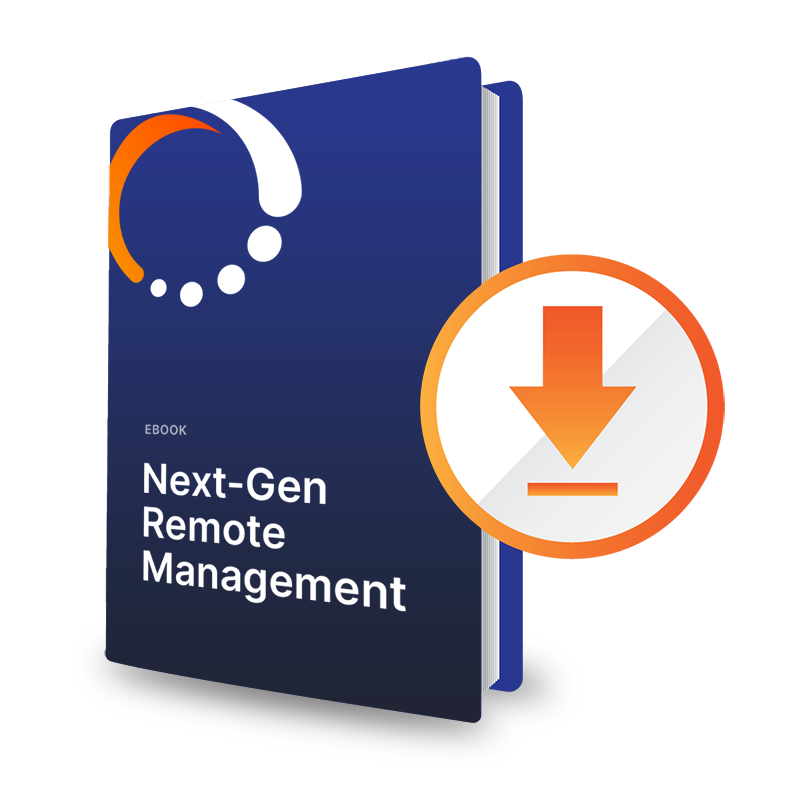An Executive’s Overview of IoT Platforms
An IoT platform is a sort of operating system that interfaces with applications and offers a security, data storage, device management, analytics.

An Internet of Things project is composed of lots of moving parts. Sometimes, in fact, the parts are literally moving.
There are sensors, controllers, applications, data storage, analytics and analysis software, and more. But underlying all of that, there needs to be some software layer that holds it all together.
And in a nutshell, that’s the IoT platform.
Think of it this way: You may have a specific use case for your business in mind – perhaps in manufacturing, retail, a smart building, or transportation. Your specific use case suggests that you may need a particular suite of applications and analytics tools. But applications aren’t stand-alone solutions; they can’t deliver actionable results on their own. So, like Windows for the desktop computer market, an IoT platform is a kind of middleware that relies on a slew of important ingredients to deliver a complete IoT solution.
Making sense of the layers
Extending the Windows metaphor, an IoT platform is a sort of operating system that interfaces with applications and offers a security layer, data storage, device management, analytics services and more. And like a good operating system, the IoT platform “virtualizes” the connections between applications and hardware.
That means that software doesn’t necessarily need to be written to specifically work with every kind of device from every manufacturer on the market; apps can communicate with virtual hardware and the platform takes it from there.
Data flows from hardware to the software
To put all this in context, it can be helpful to think about your overall IoT project, which is generally composed of a number of layers.
Any IoT project will start with the hardware at the bottom – sensors and controllers, the “things” that make up the Internet of Things. Data streaming from that hardware has to inevitably pass through some sort of gateway, which is a hardware layer that conditions the data to go back through a communications network to the software that will analyze, report and take action on the information.
The platform level
The platform delivers most of the functionality between the things and the applications. A platform offers its own layers for infrastructure – the plumbing that connects the hardware.
In addition, the platform enables two-way communication between the devices and the cloud and collects data. And like a modern operating system, the platform also does essential maintenance and housekeeping: configuration management and over-the-air (OTA) software updates to components.
At the top of the platform? Data processing. The platform enables the IoT to generate reports, run analytics, send notifications, and pass data to applications that can take action on the information.
Questions to ask
Clearly, a platform is critical to your IoT project. But since platforms bring so much to the table, it can be difficult to know how to narrow your search for the right one. Here are five questions you can ask when sizing up potential platforms.
1. What kind of security does the platform offer? Does it meet the needs of security and privacy requirements?
2. Is the platform compatible with your current business applications, or applications to plan to deploy as a part of the IoT?
3. Is the platform adept at managing the data your use cases will require? Can it rapidly consume and process the volume of data you are expecting, and can it properly process, filter, and format the data appropriately?
4. Is the platform agile enough to process and analyze data at the edge of the network, or does it need to be imported to the cloud first?
5. What kind of infrastructure does the platform work on? Does the provider have its own cloud, or does it work with a third party cloud infrastructure?
Now that you know what an IoT platform is, learn more about how it actually works to streamline operations and reduce expenses.













